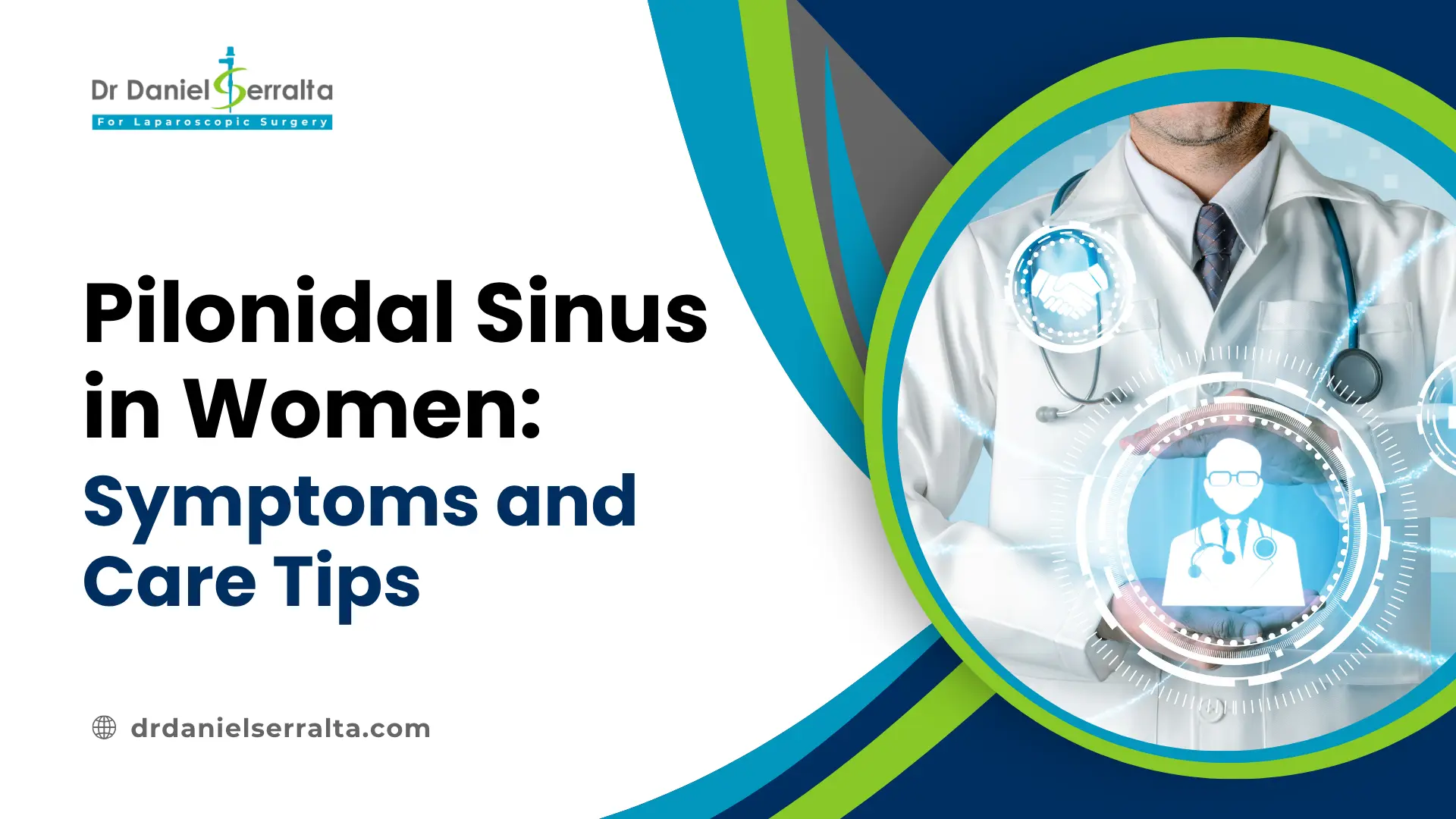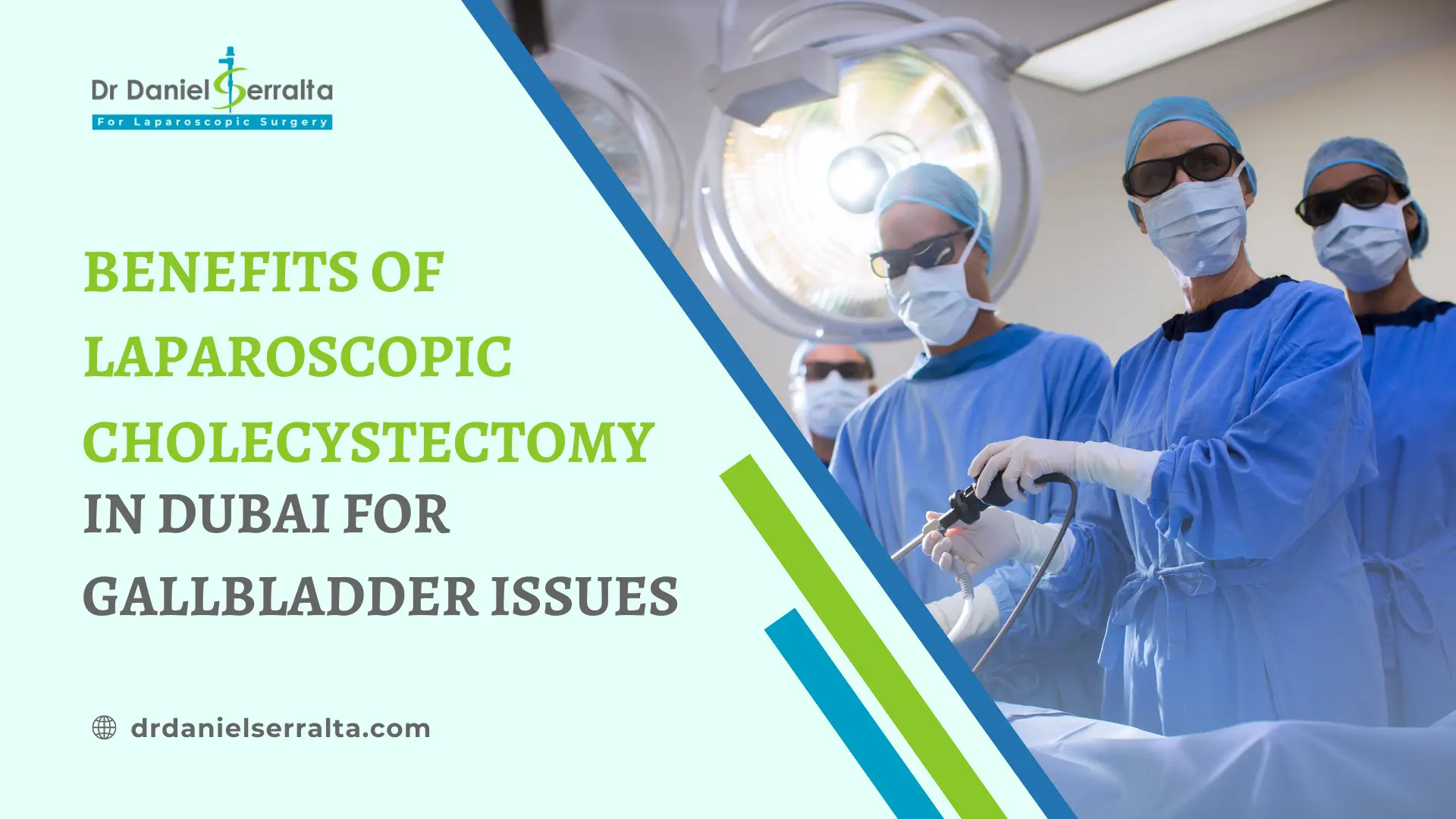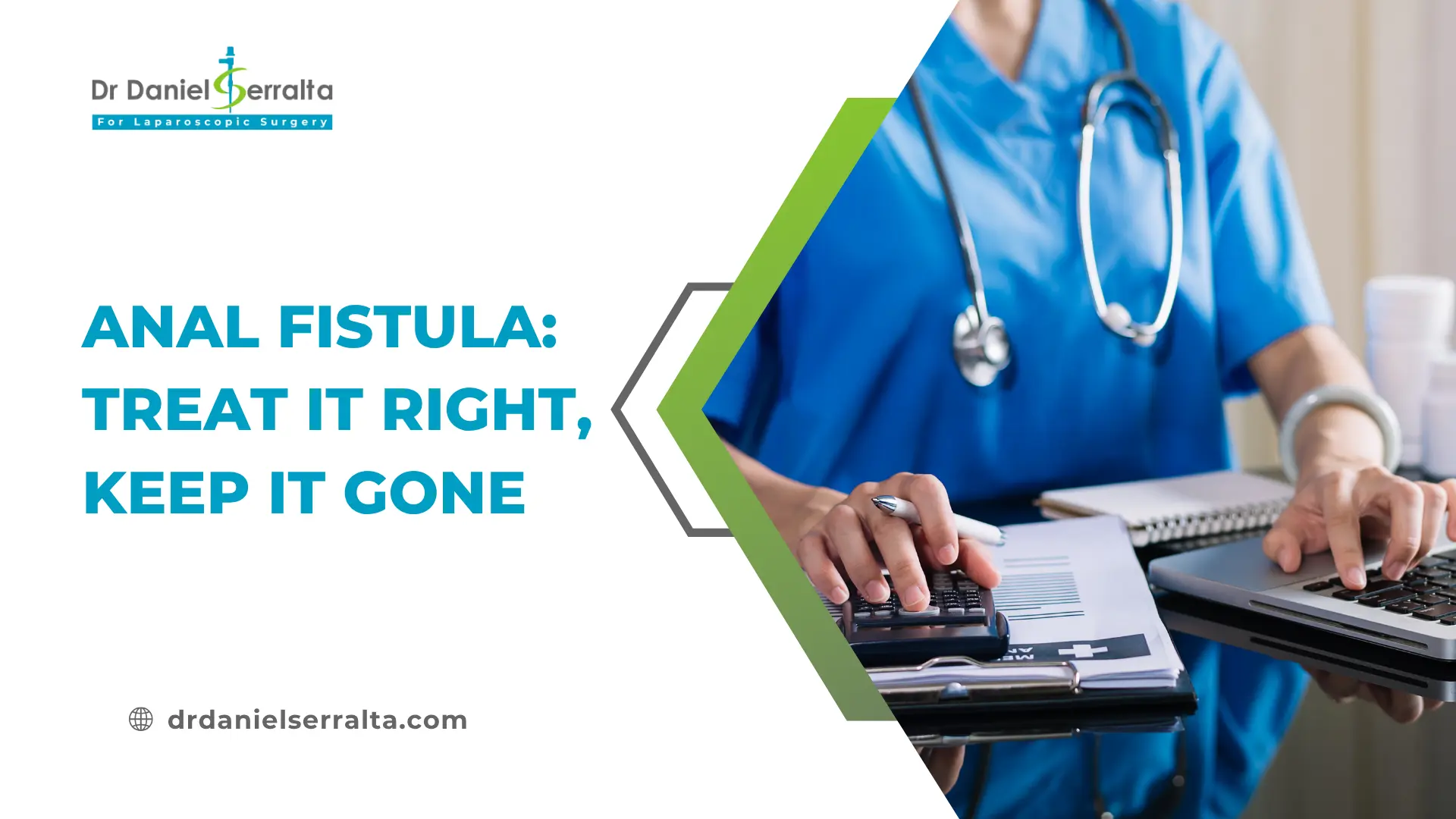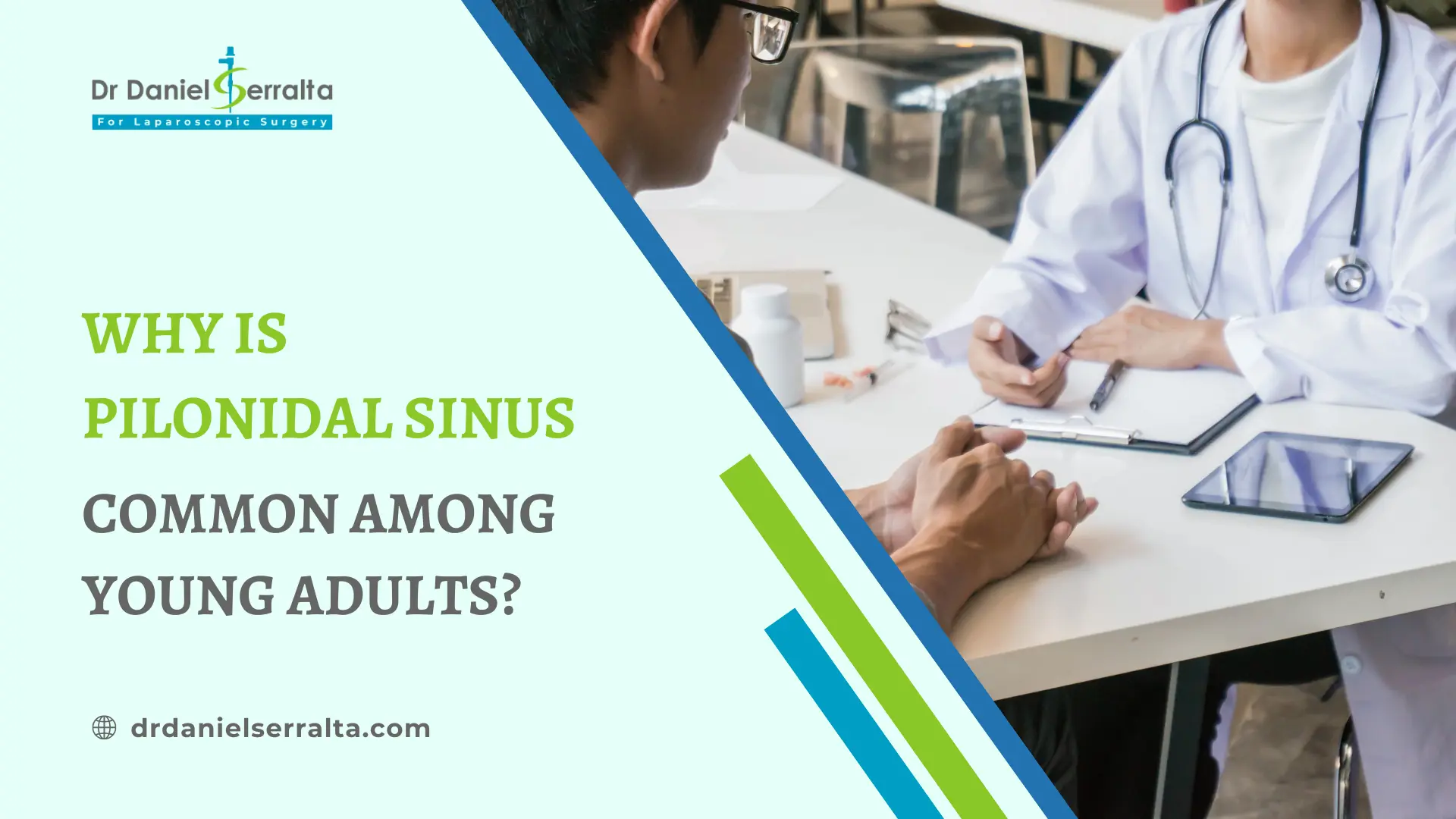Living With Pilonidal Sinus – Essential Precautions and Care Tips
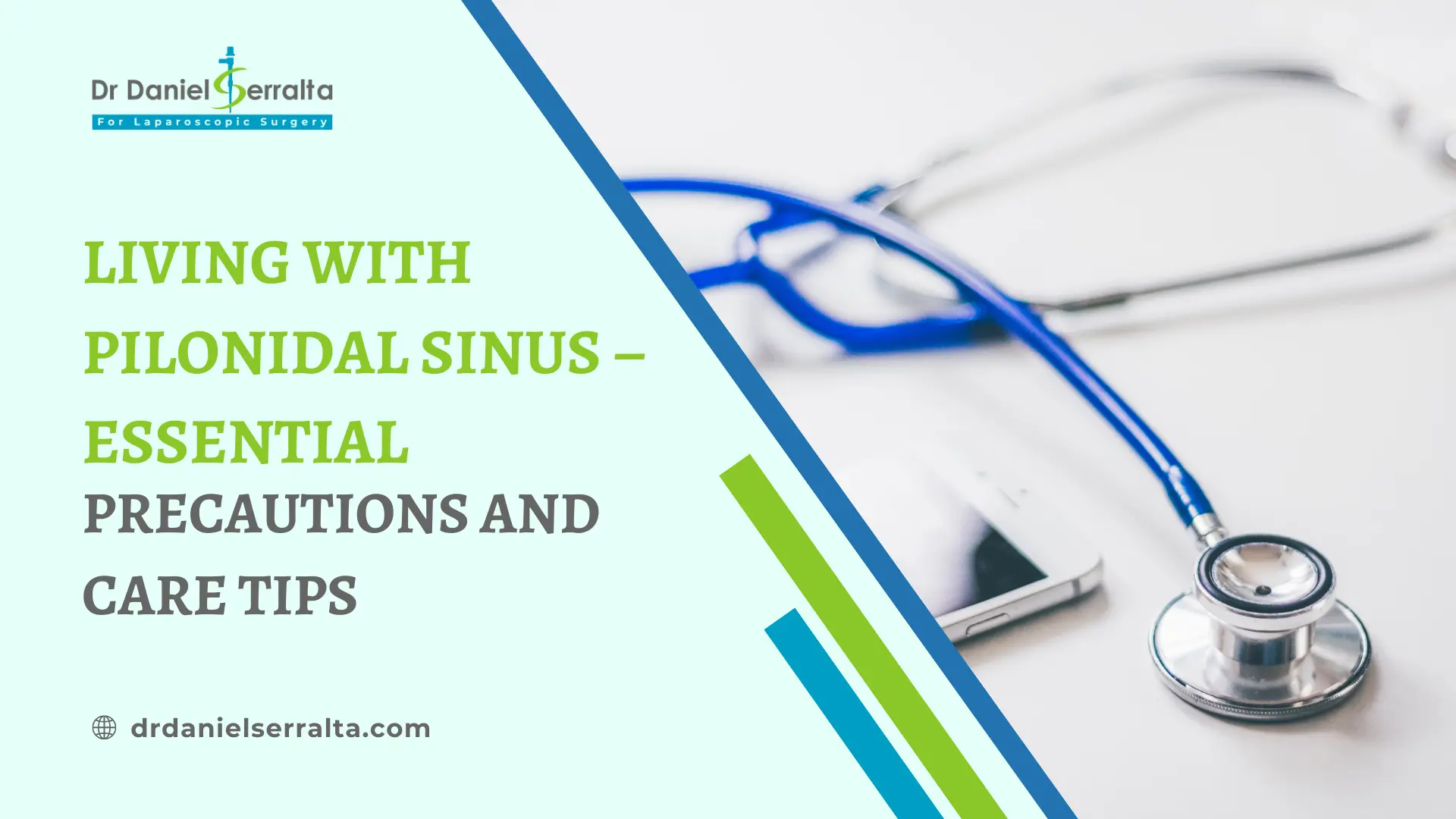
Living with Pilonidal Sinus can feel uncomfortable and frustrating, especially when it affects daily activities. In Dubai’s fast-paced lifestyle, many individuals delay treatment due to a lack of awareness or fear of surgery. However, understanding the condition and following key precautions can greatly improve outcomes. This blog explores practical care tips, causes, treatment options, and expert support available across the UAE.
What Is a Pilonidal Sinus?
A pilonidal sinus is a small tunnel under the skin, usually located at the top of the buttocks. It often contains hair, dirt, and skin debris. Over time, this area may develop into a painful abscess, particularly when it becomes infected.
The condition is more common in men and young adults, particularly those who sit for long hours. People who work desk jobs or drive frequently may notice initial symptoms. While some sinuses remain dormant, many become inflamed or infected, requiring medical attention.
Unlike simple skin conditions, a pilonidal sinus may recur without consistent care or intervention. Thus, living with pilonidal disease means balancing daily habits with medical guidance to prevent complications.
Common Symptoms & When to Seek Help
Symptoms usually begin with mild pain or swelling near the tailbone. These signs often worsen if ignored. Identifying them early allows timely and effective treatment.
Typical symptoms include:
- Pain or redness near the cleft of the buttocks
- Swelling or a small lump
- Drainage of pus or blood
- Foul odor from the opening
- Fever or general fatigue in severe cases
Although mild discomfort may seem manageable, persistent symptoms indicate a need for evaluation. If the pain increases or the area becomes red and inflamed, you should consult a pilonidal cyst specialist in Dubai.
Why It Happens: Causes & Risk Factors
Several factors contribute to the development of a pilonidal sinus. The condition often starts when loose hairs penetrate the skin. The body reacts by forming a cyst around the hair.
Common causes include:
- Friction and pressure from sitting
- Excessive hair in the sacral area
- Poor hygiene and sweating
- Deep clefts or skin folds
- Repeated skin trauma or irritation
Risk increases for individuals with a sedentary routine or those who wear tight clothing regularly. In Dubai’s humid climate, excessive sweating can worsen the condition, especially without proper hygiene. Genetics may also play a role, particularly among men.
Daily Precautions & Care Tips
A. Hygiene & Wound Care
Maintaining cleanliness helps prevent infection and flare-ups. Wash the affected area gently using warm water and mild soap. Avoid harsh scrubbing. After cleansing, pat the area dry completely to avoid moisture buildup.
For active infections or post-surgery care, change dressings regularly. Use antiseptic creams only as advised. Sitz baths can relieve pain and improve healing. Perform these twice daily if discomfort persists.
B. Clothing & Sitting Habits
Wearing loose, breathable clothes minimizes sweating and friction. Opt for cotton undergarments and avoid synthetic fabrics. Long sitting hours can aggravate the condition. Try using a coccyx cushion or take short breaks every hour.
C. Hair Management
Hair removal prevents recurrence. Shaving or trimming the area helps reduce buildup and irritation. Speak to your doctor before using depilatory creams. For long-term results, consider laser hair removal. Many Dubai clinics offer safe options.
D. Lifestyle & Diet
A healthy weight reduces pressure on the tailbone. Incorporate fiber-rich foods to prevent constipation, which adds pressure during bowel movements. Hydrate regularly and engage in low-impact physical activity like walking or swimming to improve circulation.
These everyday strategies ease discomfort and help in living with pilonidal sinus effectively.
Medical Management & Treatment Options in Dubai
A. Conservative Treatment
Initial care often includes antibiotics and drainage. Doctors may recommend pain relief and antiseptic dressings. For mild cases, phenol injections or sinus cleaning may resolve the issue.
B. Surgical Treatment Options
When infection recurs or forms an abscess, surgery becomes necessary. Multiple techniques exist based on severity and patient condition.
Options include:
- Incision and drainage (I&D) under local anesthesia
- Wide excision with open healing
- Excision with primary closure or flap surgery
- Minimally invasive pit-picking technique
- Endoscopic treatment (EPSiT or VAAPS)
- Laser ablation for sinus tract removal
Patients looking for lasting results often opt for pilonidal sinus surgery in Dubai, where minimally invasive techniques are widely available. Surgeons use modern methods to reduce pain, downtime, and recurrence.
Moreover, clinics offering the best pilonidal cyst surgery in Dubai use flap techniques like the Limberg or Karydakis flap. These ensure faster healing and better cosmetic results.
Post-Treatment Care & Preventing Recurrence
Recovery after surgery requires careful follow-up. Patients must keep the area clean and avoid sitting for long periods initially. Dressing changes should follow the surgeon’s guidance. Wearing breathable clothes and managing hair growth are vital steps to prevent recurrence.
Long-term prevention depends on consistent self-care. Continue with laser hair removal if prescribed. Avoid heavy lifting or intense exercise for a few weeks after surgery. Monitor the area for signs of reinfection and report changes promptly.
Many residents worry about the pilonidal sinus surgery cost in Dubai. Costs vary depending on clinic reputation, surgeon expertise, and treatment complexity. Most clinics offer packages and consultations, so it’s best to discuss options in advance.
Conclusion
Managing and living with pilonidal sinus requires a proactive approach. With the right care, lifestyle adjustments, and timely medical intervention, you can lead a comfortable, symptom-free life. Dubai offers some of the best facilities and doctors specializing in both conservative and advanced surgical treatments. Don’t ignore early signs—awareness and daily precautions make a significant difference. Consult Dr. Daniel Serralta for the Pilonidal Sinus Treatment in Dubai
Frequently Asked Questions (FAQs)
1. What causes a pilonidal sinus to return after surgery?
Incomplete removal, poor hygiene, and hair regrowth are common causes of recurrence. Preventive care is essential.
2. Is pilonidal sinus contagious or infectious to others?
No. It is not contagious, but the infection within the sinus can spread locally if untreated.
3. How long is the recovery after pilonidal sinus surgery?
Recovery time ranges from 2 to 6 weeks, depending on the procedure. Flap surgeries may heal faster.
4. Can a pilonidal sinus heal without surgery?
In early or mild cases, it may heal with conservative care. However, chronic or infected sinuses often need surgery.
5. What is the cost of pilonidal sinus surgery in Dubai?
Pilonidal sinus surgery cost in Dubai depends on the procedure type, clinic, and follow-up care. It’s best to consult directly with your chosen provider.

